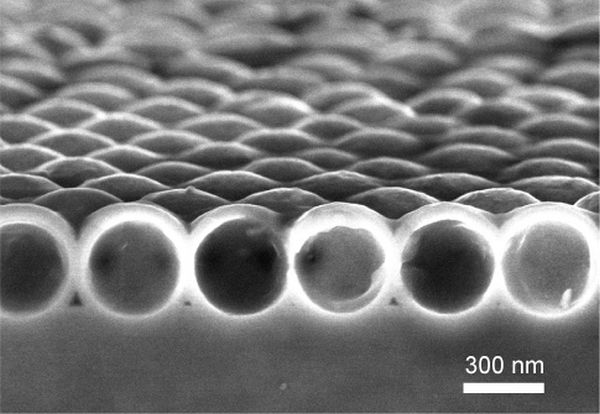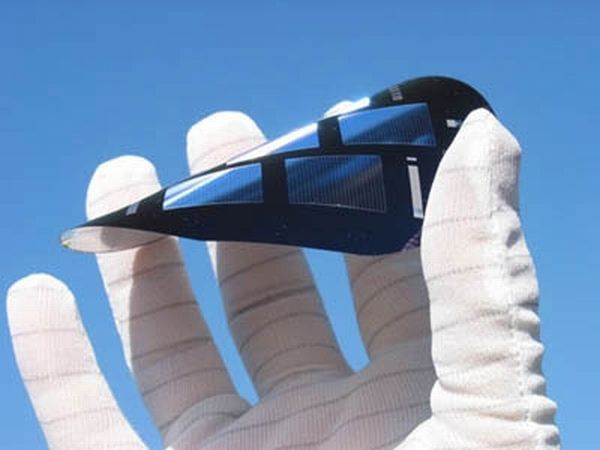Broadband light absorption is the future of efficient and cost effective solar energy generation. But, it is not easy. Limited photovoltaic technology and expensive crystalline PV materials are major drawbacks. But, it seems a solution has arrived finally from a peculiar acoustic phenomenon, called whispering galleries.

The credit for this out of the box thinking goes to a group of engineers from Stanford University.According to a paper published in Nature Communications, engineers have developed empty core nano sized spheres made of nano crystalline silicone. They call them Nanoshells. Nano crystalline silicone has high electric efficiency and is durable enough to withstand harsh sun. The underside of nano crystalline silicon is that it absorbs relatively lesser light that leads to sub optimal solar energy harnessing without having thick layers
Nanoshells
These are tiny engineering wonders. The research team first developed nano sized ball of silica or silicon oxide and applied layer of silicon coating on those balls. After that, they cored out the silica inside with hydrofluoric acid. This acid does not work on silicon coating. That leaves behind a sphere shaped ball made of silicon wall. This nanoshell structure works as whispering gallery to the light beam that enters the sphere.
Light that enters the sphere, gets trapped within and circulates along the inner circumference. As a result, crystalline silicon wall gets time to gradually absorb solar energy from lights of wider spectrums. That helps broadband light absorption. Scientists are even considering multiple nano crystalline coats for further efficiency.
Benefits
Nanoshells come loaded with benefits, including economy in manufacturing, which requires just one tenth material compared to what would be used by crystalline PV panels. They are relatively non toxic when compared with thin filmed cadmium telluride panels. Lastly , they are indifferent to angles of sunlight unlike other crystalline PV panels. The innovation is sure to open up a new areas of research in solar PV technology in the coming days.
Via: Eurekalert




